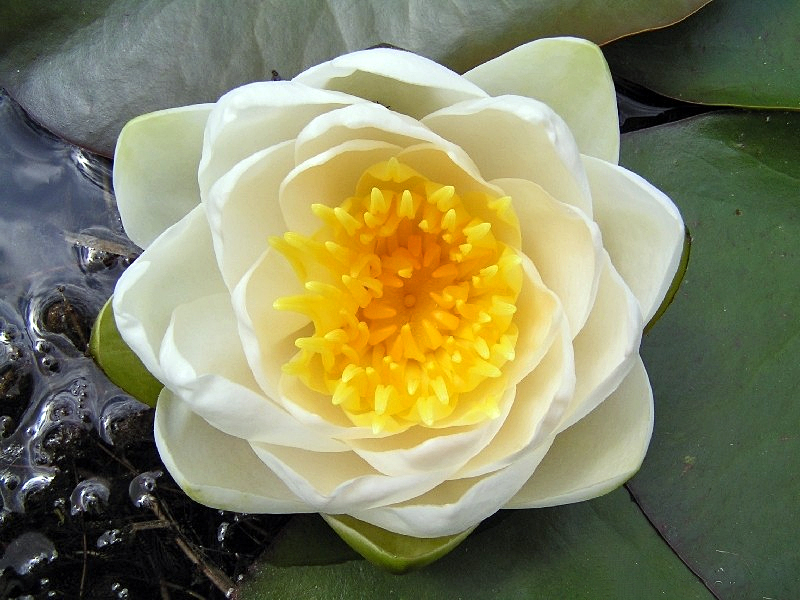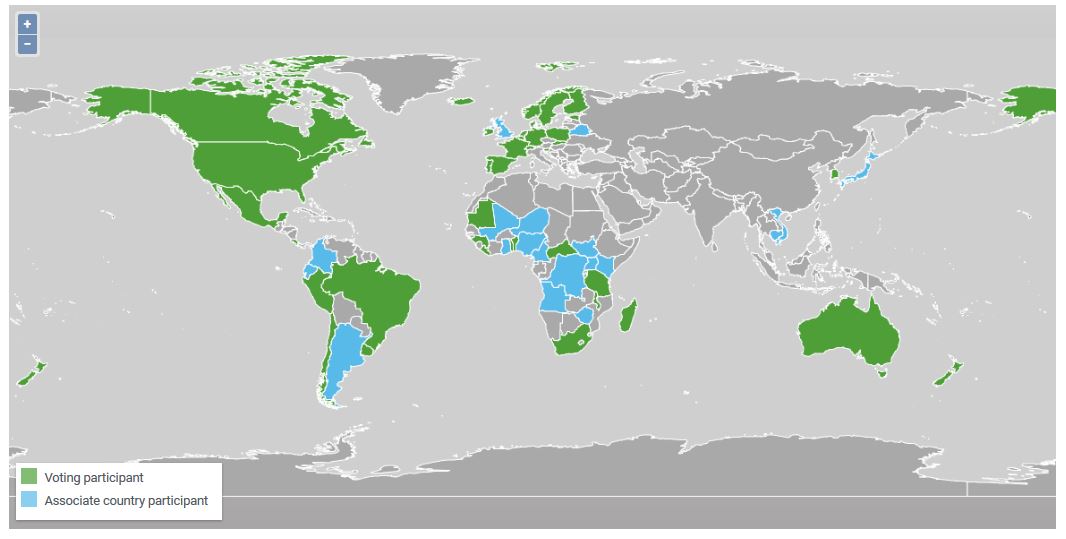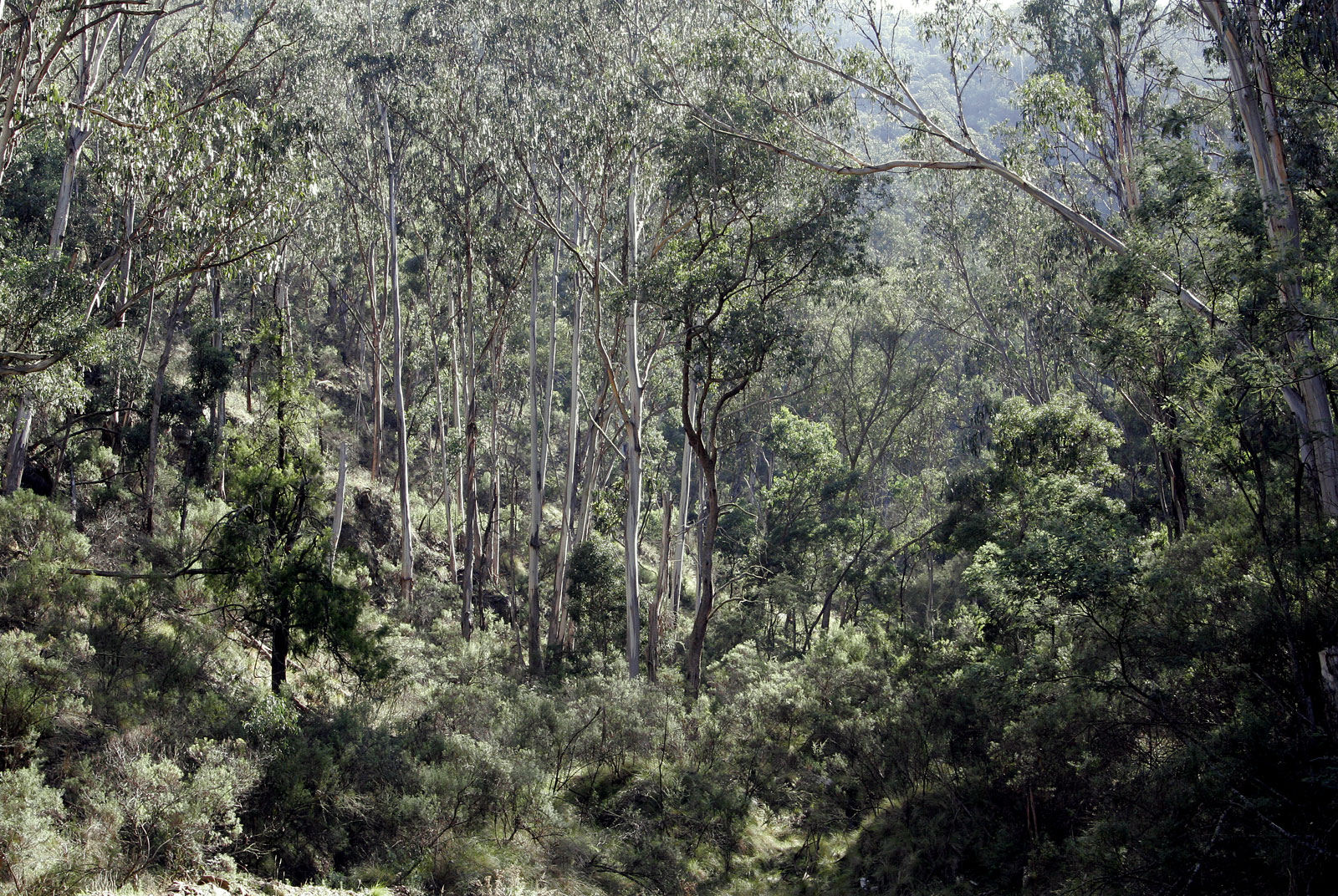|
Isoetes Muelleri
''Isoetes muelleri'' is a species of quillwort, a type of lycophyte. This generally apomictic aquatic plant is native to Australia. Distribution and habitat It is widespread across all the states and territories of Australia, growing in a wide range of habitats, from subalpine tarns, lakes and slow-moving streams where it is submerged throughout the year, to ephemeral swamps, and in hot and cold to climates. References External links''Isoetes muelleri'' occurrence datafrom GBIF The Global Biodiversity Information Facility (GBIF) is an international organisation that focuses on making scientific data on biodiversity available via the Internet using web services. The data are provided by many institutions from around th ... muelleri Flora of Australia Taxa named by Alexander Braun {{Lycophyte-stub ... [...More Info...] [...Related Items...] OR: [Wikipedia] [Google] [Baidu] |
Alexander Braun
Alexander Carl Heinrich Braun (10 May 1805 – 29 March 1877) was a German botanist from Regensburg, Bavaria. His research centered on the morphology of plants. Biography He studied botany in Heidelberg, Paris and Munich. In 1833 he began teaching botany at the Polytechnic School of Karlsruhe, staying there until 1846. Afterwards he was a professor of botany in Freiburg (from 1846), Giessen (from 1850) and at the University of Berlin (1851), where he remained until 1877. While in Berlin, he was also director of the botanical garden. In 1852, he was elected a foreign member of the Royal Swedish Academy of Sciences. Braun is largely known for his research involving plant morphology. He accepted evolution but was a critic of Darwinism. He was a proponent of vitalism, a popular 19th-century speculative theory that claimed that a regulative force existed within living matter in order to maintain functionality. Braun made important contributions in the field of cell theory. From hi ... [...More Info...] [...Related Items...] OR: [Wikipedia] [Google] [Baidu] |
Isoetes
''Isoetes'', commonly known as the quillworts, is the only extant genus of plants in the family Isoetaceae, which is in the class of lycopods. There are currently 192 recognized species, with a cosmopolitan distribution but with the individual species often scarce to rare. Some botanists split the genus, separating two South American species into the genus ''Stylites'', although molecular data place these species among other species of ''Isoetes'', so that ''Stylites'' does not warrant taxonomic recognition. Species of ''Isoetes'' virtually identical to modern forms have existed since the Jurassic epoch. The name of the genus may also be spelled ''Isoëtes''. The diaeresis (two dots over the e) indicates that the o and the e are to be pronounced in two distinct syllables. Including this in print is optional; either spelling (''Isoetes'' or ''Isoëtes'') is correct. Description Quillworts are mostly aquatic or semi-aquatic in clear ponds and slow-moving streams, though severa ... [...More Info...] [...Related Items...] OR: [Wikipedia] [Google] [Baidu] |
Lycophyte
The lycophytes, when broadly circumscribed, are a vascular plant (tracheophyte) subgroup of the kingdom Plantae. They are sometimes placed in a division Lycopodiophyta or Lycophyta or in a subdivision Lycopodiophytina. They are one of the oldest lineages of extant (living) vascular plants; the group contains extinct plants that have been dated from the Silurian (ca. 425 million years ago). Lycophytes were some of the dominating plant species of the Carboniferous period, and included tree-like species, although extant lycophytes are relatively small plants. The scientific names and the informal English names used for this group of plants are ambiguous. For example, "Lycopodiophyta" and the shorter "Lycophyta" as well as the informal "lycophyte" may be used to include the extinct zosterophylls or to exclude them. Description Lycophytes reproduce by spores and have alternation of generations in which (like other vascular plants) the sporophyte generation is dominant. Some lycoph ... [...More Info...] [...Related Items...] OR: [Wikipedia] [Google] [Baidu] |
Apomixis
In botany, apomixis is asexual reproduction without fertilization. Its etymology is Greek for "away from" + "mixing". This definition notably does not mention meiosis. Thus "normal asexual reproduction" of plants, such as propagation from cuttings or leaves, has never been considered to be apomixis, but replacement of the seed by a plantlet or replacement of the flower by bulbils were categorized as types of apomixis. Apomictically produced offspring are genetically identical to the parent plant. Some authors included all forms of asexual reproduction within apomixis, but that generalization of the term has since died out. In flowering plants, the term "apomixis" is commonly used in a restricted sense to mean agamospermy, i.e., clonal reproduction through seeds. Although agamospermy could theoretically occur in gymnosperms, it appears to be absent in that group. Apogamy is a related term that has had various meanings over time. In plants with independent gametophytes (nota ... [...More Info...] [...Related Items...] OR: [Wikipedia] [Google] [Baidu] |
Aquatic Plant
Aquatic plants are plants that have adapted to living in aquatic environments ( saltwater or freshwater). They are also referred to as hydrophytes or macrophytes to distinguish them from algae and other microphytes. A macrophyte is a plant that grows in or near water and is either emergent, submergent, or floating. In lakes and rivers macrophytes provide cover for fish, substrate for aquatic invertebrates, produce oxygen, and act as food for some fish and wildlife. Macrophytes are primary producers and are the basis of the food web for many organisms. They have a significant effect on soil chemistry and light levels as they slow down the flow of water and capture pollutants and trap sediments. Excess sediment will settle into the benthos aided by the reduction of flow rates caused by the presence of plant stems, leaves and roots. Some plants have the capability of absorbing pollutants into their tissue. Seaweeds are multicellular marine algae and, although their ecologic ... [...More Info...] [...Related Items...] OR: [Wikipedia] [Google] [Baidu] |
Australia
Australia, officially the Commonwealth of Australia, is a sovereign ''Sovereign'' is a title which can be applied to the highest leader in various categories. The word is borrowed from Old French , which is ultimately derived from the Latin , meaning 'above'. The roles of a sovereign vary from monarch, ruler or ... country comprising the mainland of the Australian continent, the island of Tasmania, and numerous smaller islands. With an area of , Australia is the largest country by area in Oceania and the world's sixth-largest country. Australia is the oldest, flattest, and driest inhabited continent, with the least fertile soils. It is a megadiverse country, and its size gives it a wide variety of landscapes and climates, with deserts in the centre, tropical Forests of Australia, rainforests in the north-east, and List of mountains in Australia, mountain ranges in the south-east. The ancestors of Aboriginal Australians began arriving from south east Asia approx ... [...More Info...] [...Related Items...] OR: [Wikipedia] [Google] [Baidu] |
GBIF
The Global Biodiversity Information Facility (GBIF) is an international organisation that focuses on making scientific data on biodiversity available via the Internet using web services. The data are provided by many institutions from around the world; GBIF's information architecture makes these data accessible and searchable through a single portal. Data available through the GBIF portal are primarily distribution data on plants, animals, fungi, and microbes for the world, and scientific names data. The mission of the GBIF is to facilitate free and open access to biodiversity data worldwide to underpin sustainable development. Priorities, with an emphasis on promoting participation and working through partners, include mobilising biodiversity data, developing protocols and standards to ensure scientific integrity and interoperability, building an informatics architecture to allow the interlinking of diverse data types from disparate sources, promoting capacity building and ca ... [...More Info...] [...Related Items...] OR: [Wikipedia] [Google] [Baidu] |
Flora Of Australia
The flora of Australia comprises a vast assemblage of plant species estimated to over 30,000 vascular and 14,000 non-vascular plants, 250,000 species of fungi and over 3,000 lichens. The flora has strong affinities with the flora of Gondwana, and below the family level has a highly endemic angiosperm flora whose diversity was shaped by the effects of continental drift and climate change since the Cretaceous. Prominent features of the Australian flora are adaptations to aridity and fire which include scleromorphy and serotiny. These adaptations are common in species from the large and well-known families Proteaceae ('' Banksia''), Myrtaceae (''Eucalyptus'' - gum trees), and Fabaceae (''Acacia'' - wattle). The arrival of humans around 50,000 years ago and the settlement by Europeans from 1788, has had a significant impact on the flora. The use of fire-stick farming by Aboriginal people led to significant changes in the distribution of plant species over time, and the lar ... [...More Info...] [...Related Items...] OR: [Wikipedia] [Google] [Baidu] |




